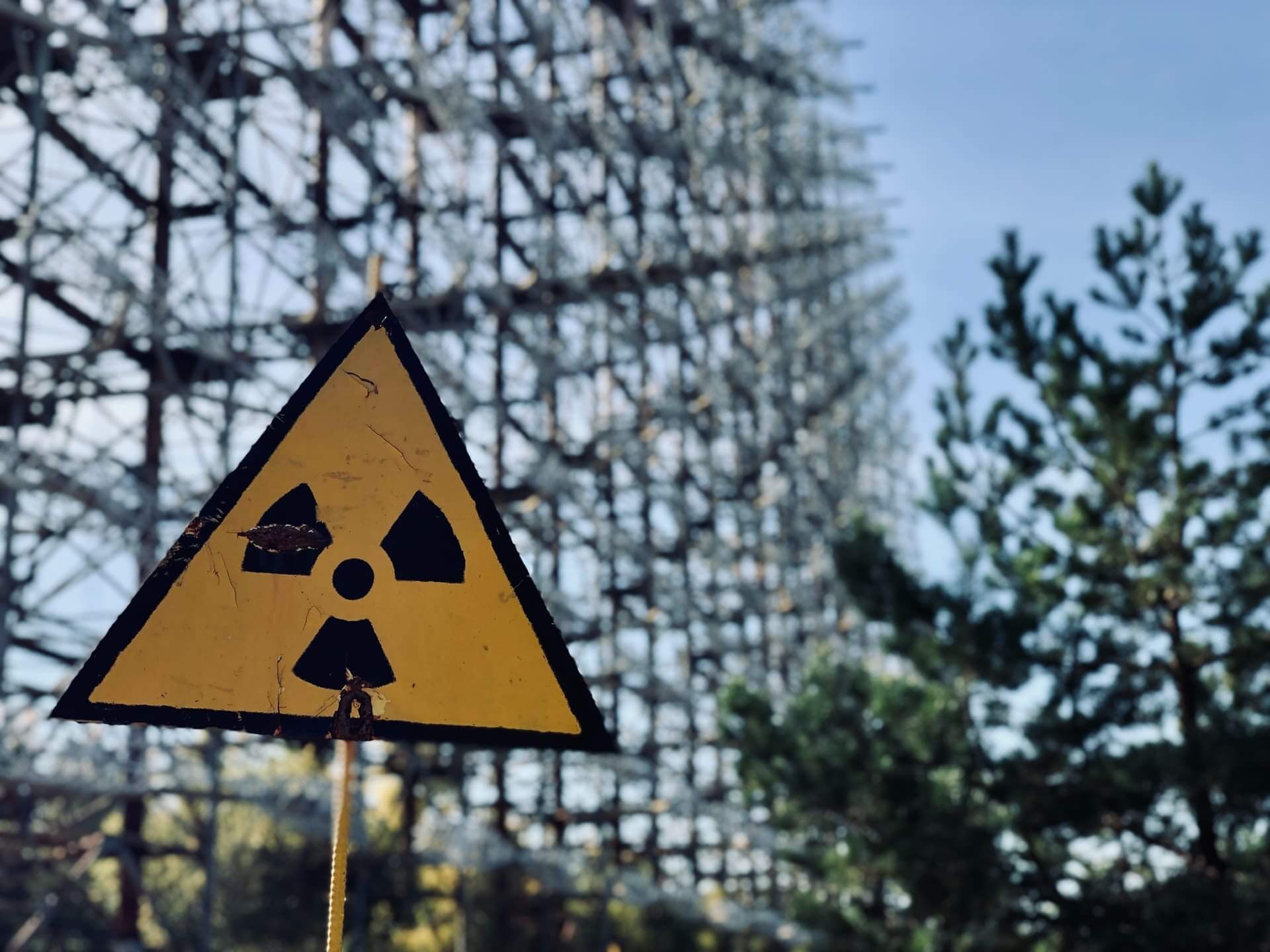Blog
Radiation in Japan: what is the cancer risk?
March 17, 2011

Our thoughts are with the people in Japan, some of whom now face the prospect of an increase in radiation exposure as well as the tragic losses caused by the earthquake and tsunami.
Media reports about the levels of exposure and potential danger are conflicting, ranging from claims that there is little to worry about to dire predictions of mass radiation poisoning and increases in cancer diagnoses.
Let's put the issue of potential radiation exposure in perspective. Much of the media coverage includes references to a measure of radiation called "millisieverts", but with little clarification of what it means.
Millisieverts is a measure of the effect of radiation on the body. All Australians are exposed to radiation on a daily basis. For example, background radiation in the atmosphere in Australia is 1.5 millisieverts each year, which is of no consequence to an individual's health.
However, if the dose of radiation is high enough, the short-term effects are radiation sickness, and the longer term effects, years later, can include cancer. The impact on health depends on the dose and the duration of exposure.
So, how much is too much? Here are some measures that help put the Japanese situation into context:
- Exposure from a mammogram is 3 millisieverts.
- Radiation workers are allowed exposures of up to 20 millisieverts per year.
- At 100 millisieverts exposure, there will be one additional cancer detected years later for each 100 people exposed.
According to media reports, Japanese authorities said radiation levels at the plant reached a peak of 400 millisieverts per hour (15 March). However, this was at a single location and a certain point in time. Later readings suggested radiation was at 11.9 millisieverts per hour, followed six hours later by 0.6 millisieverts.
While Cancer Council will keep abreast of developments, at this stage and subject to any further escalation, it would appear the risk of increased cancers due to the radiation leaks in Japan is minimal.
For more detailed advice and regular updates on the nuclear situation in Japan, visit the Australian Radiation Protection And Nuclear Safety Agency.
Tags
